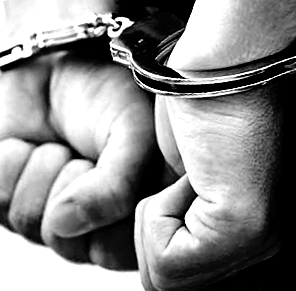Justice numbers drop
 New stats show there has been a continued decline in the number of young people under youth justice supervision.
New stats show there has been a continued decline in the number of young people under youth justice supervision.
From 2017/18 to 2021/22, the number of young people under youth justice supervision due to their involvement, or alleged involvement in crime, has fallen, according to a new report from the Australian Institute of Health and Welfare (AIHW).
The report, Youth justice in Australia 2021/22, presents information on young people aged 10 and over under youth justice supervision, both in the community and in detention.
“The report shows that the number of young people aged 10 and over who were under supervision on an average day fell by 18 per cent (from about 5,500 to 4,500) between 2017/18 to 2021/22, while the rate of young people aged 10–17 fell by 29 per cent (from 19 to 13 per 10,000),” said AIHW spokesperson Amanda Donges.
“The report also shows that the rate for Aboriginal and Torres Strait Islander people aged 10–17 under youth justice supervision fell by 25 per cent (from 162 to 121 per 10,000) between 2017/18 and 2021/22,” Ms Donges said.
On an average day in 2021–22, there were around 4,500 young people aged 10 and over under youth justice supervision due to their involvement, or alleged involvement in crime. Around 9,000 young people were under youth justice supervision at some point during the year.
By supervision type, on an average day in 2021/22, there were around 3,700 young people aged 10 and over under community-based supervision and around 820 young people in detention. At some point during the year, almost 7,900 young people were under community-based supervision and 4,350 young people were in detention.
“On an average day in 2021/22, just over 3 in 4 (76 per cent) young people in detention were unsentenced,” Ms Donges said.
Nearly all (95 per cent) young people who were in detention during 2021/22 had been in unsentenced detention at some point during the year.
“When all time during 2021/22 is considered, young people who were in unsentenced detention during the year spent an average of 56 days or almost 8 weeks in unsentenced detention,” Ms Donges said.
Young people may be referred to unsentenced detention either by the police or by a court and may be:
-
awaiting their initial court appearance
-
charged with an offence and are awaiting the outcome of their court matter
-
found guilty, or have pleaded guilty, and are awaiting sentencing.
Ms Donges noted the full impact of COVID-19 is difficult to determine due to variability of the data and small numbers of young people in youth justice on an average day.








 Print
Print